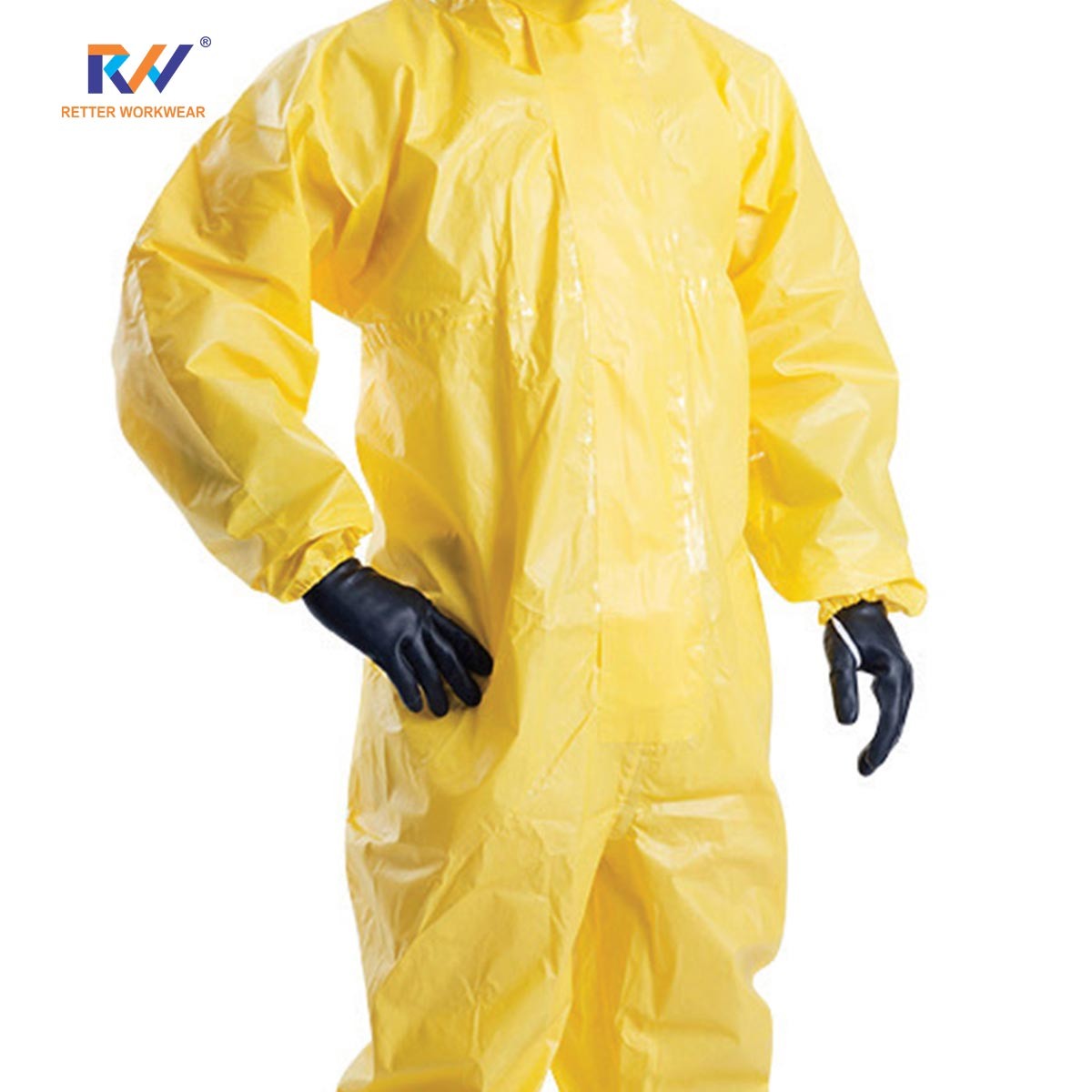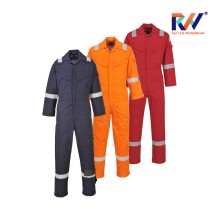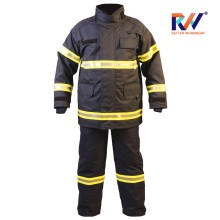What Innovations Are Protective Clothing Manufacturers Bringing To The Industry
- By: Admin
- Jan 21, 2025

In the past few years, the protective clothing industry has seen fantastic momentum in innovation spurred by technological advancements and increasing safety and comfort coupled with sustainability. Whether it is the industrial worker, healthcare professional, or hazardous environments, Protective Clothing Manufacturers are now redefining the face of workwear with the ultimate aim of achieving a wide range of benefits. Be it integrating cutting-edge materials or smart technologies, innovations have become the trend in shaping future workplace safety.
1. Smart Fabrics for Improved Performance
The most interesting trend in safety uniforms is smart fabrics. Manufacturers embed sensors into work clothes to monitor vital signs, detect hazardous gases, or measure body temperature. These smart textiles provide real-time data, so workers and supervisors can make appropriate decisions and prevent accidents. For example, construction workers who wear sensor-enabled vests will be alerted when the carbon monoxide level becomes dangerous or if there is a change in the hydration level of their body. This innovation not only protects workers but also improves their productivity since risks of fatigue and hazardous conditions are reduced.
2. Sustainability in Protective Workwear
Today, sustainability, for most industries, is a core focus, and so are safety uniforms. Many industrial manufacturers now use recycled polyester and organic cotton for more durable yet sustainable workwear; waterless dyeing processes and biodegradable coatings are also being employed to achieve lower environmental impact in production. This will help the companies achieve corporate social responsibility goals. At the same time, sustainable workwear can be a powerful draw for employees and customers who appreciate ecologically responsible processes.
3. Increased Comfort and Ergonomics
Safety uniforms no longer have to equal baggy, uncomfortable attire. Today's breakthroughs emphasize comfort without sacrificing protection. Lightweight fabrics, moisture-wicking fabrics, and adjustable designs are fast becoming the standard of modern workwear. For instance, people working in hot climates are equipped with heat-resistant clothing with breathable fabrics, whereas those working in cold climates have insulated yet flexible outerwear. Ergonomic designs ensure that workers can move freely in all directions and thus reduce fatigue and improve overall performance at work.
4. Fire-Resistant and Chemical-Resistant Fabrics
Tactical suit deployment has also picked up in industries such as firefighting, welding, and chemical manufacturing. Advanced FR and chemical-resistant fabrics are being developed to meet the needs of these specific industries. At present, most multilayered constructions, combining durability with light performance, are available in such textiles. Examples include self-extinguishing fibers and liquid-repellent coatings for increased safety when penetrating potentially hazardous environments.
5. Antimicrobial and Hygiene-Focused Workwear
The COVID-19 pandemic highlighted the importance of hygiene-focused safety uniforms, especially for healthcare and food processing workers. As a result, manufacturers have introduced antimicrobial fabrics that inhibit the growth of bacteria, viruses, and fungi. These clothes have the advantage of providing minimal cross-contamination risks in hygienically sensitive environments. Other makers also include designs for wearable and washable objects. They cut down on waste as a cost-effective and sustainable option compared to one-time-use PPE.
6. Reflective and High-Visibility Gear
Visibility is essential to worker safety in low-light and high-traffic conditions. In their quest for innovative, reflective, and high-visibility workwear, the manufacturers use brighter and tougher materials. Using retro-reflective tapes, LED lighting strips, and innovative color combinations ensures workers stay visible even at a distance. These enhancements ensure that in dangerous environments, extra protection for the workers can be achieved without the need for a regulatory framework.
7. Tailored Protection Garments according to Requirement
Another trend in the makeover of the safety uniforms industry is customization. Producers offer personalized solutions that respond to the distinctive needs of individual industries and positions. Arc protection is essential for electricians. For a person working in the warehouse, it requires more padding when lifting weights. The use of customized work attire will make clothes protect employees' bodies from dangerous factors and simultaneously ensure smooth accomplishment of work performance.
The safety uniforms industry is in a transformative period, with manufacturers constantly pushing the boundaries of innovation. From smart fabrics and sustainable materials to improved ergonomics and advanced safety features, today's workwear is designed by Retter Workwear, one of the leading Workwear Manufacturers, to offer more than just protection—it enhances comfort, productivity, and overall well-being. As industries continue to evolve and workplace challenges grow, the demand for innovative safety uniforms will only continue to increase. By embracing these advancements, employers can ensure a safer, more efficient working environment for their teams.






